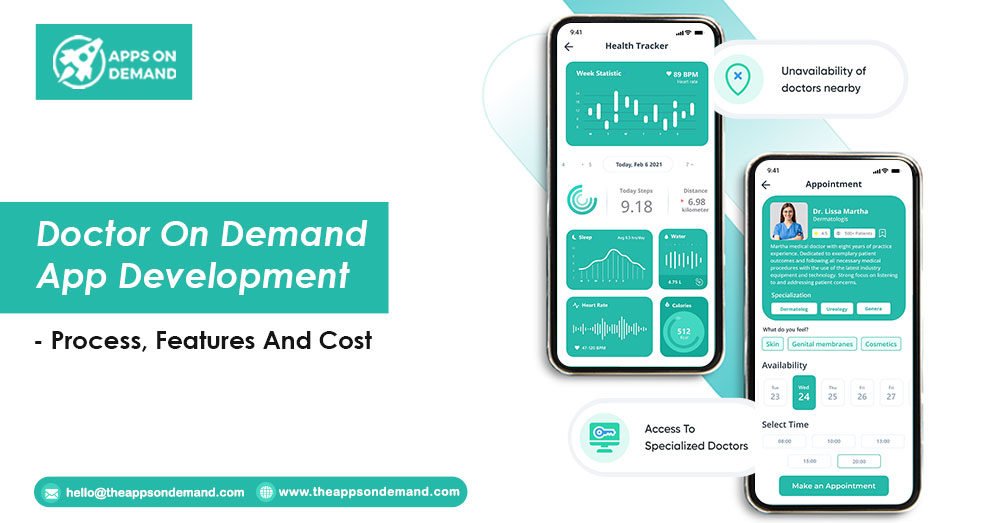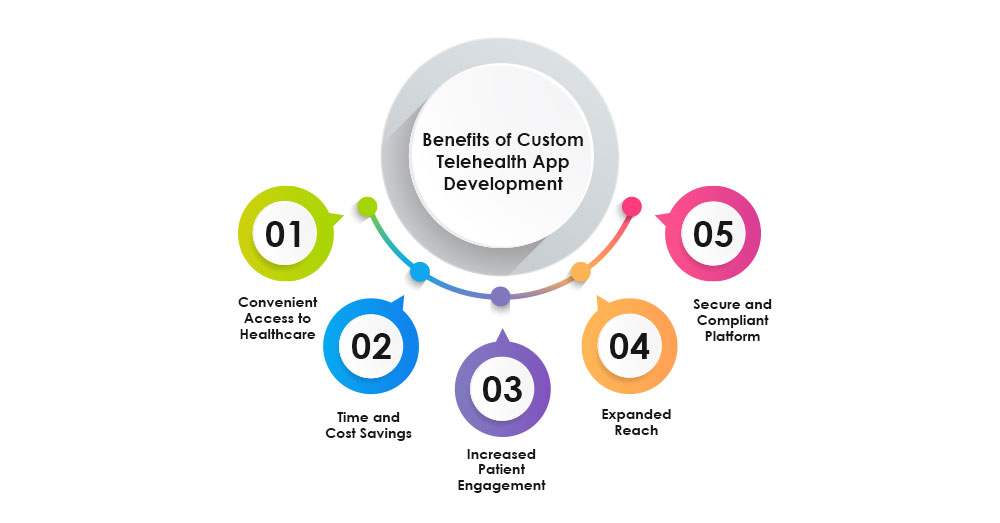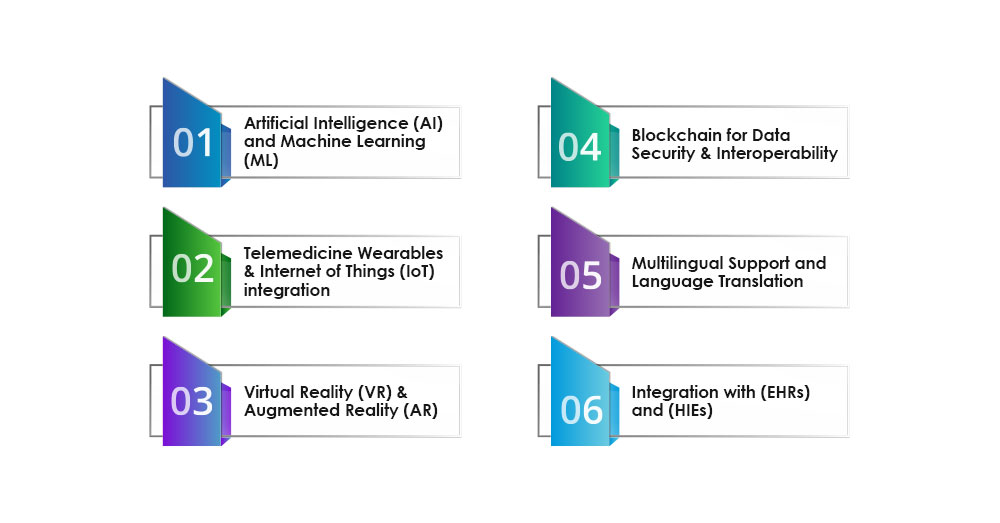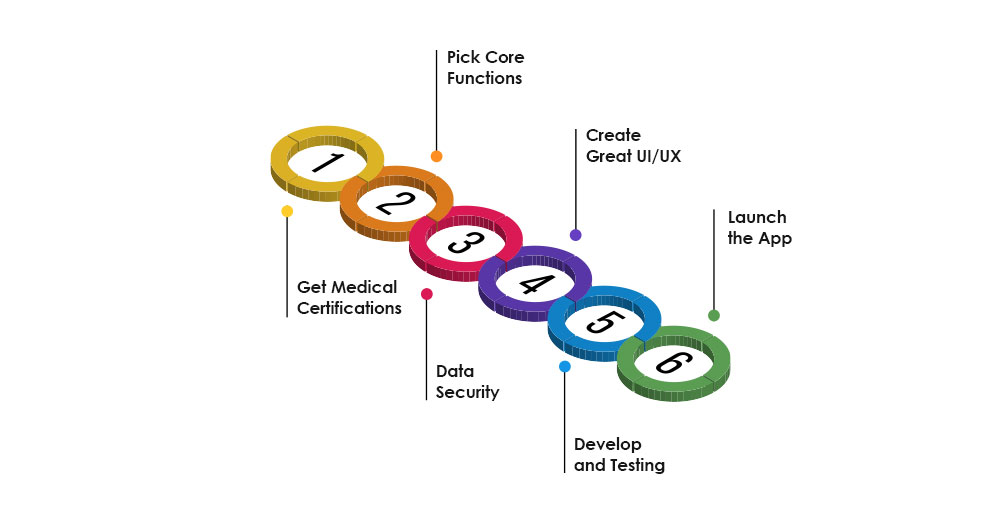- Home
-
Concepts ›
 On Demand Taxi App
On Demand Taxi App On Demand Food Delivery App
On Demand Food Delivery App On Demand Entertainment App
On Demand Entertainment App On Demand Services App
On Demand Services App On Demand Product App
On Demand Product App On Demand Matchmaking App
On Demand Matchmaking App On Demand Travel App
On Demand Travel App On Demand Freelance App
On Demand Freelance App On Demand Healthcare App
On Demand Healthcare App Bespoke Mobile App Development
Bespoke Mobile App Development On Demand Tutor App
On Demand Tutor App On Demand Real Estate App
On Demand Real Estate App On Demand Social Networking App
On Demand Social Networking AppOn Demand Grocery Delivery App
On-Demand Marketplace App
On-Demand Multi Delivery App
On-Demand Video Streaming App
On-Demand White Label App
On-Demand Beauty Salon App
 On-Demand Courier Delivery App
On-Demand Courier Delivery App  On-Demand Logistics App
On-Demand Logistics App On-Demand Car Wash App
On-Demand Car Wash App On-Demand eStore App
On-Demand eStore AppOn-Demand Cook and Chef Finder App
 On-Demand Staffing App
On-Demand Staffing App
- Blogs
- Contact Us
- Apps On Demand Offices
- Atlanta, USA
One Alliance Center 3500 Lenox Rd NE,
Atlanta, GA 30326, USA
+1 (832) 251 7311
hello@theappsondemand.com - Boblingen, Germany
Kopenhagener Str. 71034 Böblingen,
Germany
hello@theappsondemand.com - Dubai, UAE
Level 3, Building C3 , DWTC, Sheikh Zayed Road, P.O.Box 9573, Dubai, United Arab Emirates
hello@theappsondemand.com
Doctor On Demand App Development- Process, Features And Cost

What is a doctor-on-demand app, and how does it work?
The Doctor-On-Demand app allows users to consult a healthcare professional 24/7 from the comfort of their own homes through virtual telemedicine services. By using this app, the patient can select a healthcare provider based on their need and schedule a virtual (appointment) through the app. In fact, the physician can consult the user’s device, making a secure voice call, video call, or chat box.
During the virtual consultation, depending on the technology available, patients can share and upload their medical records, even lab results, by filling out forms on the screen. If they need prescriptions, the doctor can forward them to their nearest pharmacy and may also ask for regular check-ups or give instruction on how to recover faster after intensive treatment.
Payments are done in the app as well, by a subscription mode or pay-per-consult plan, including whatever kind of e-payment system one may want to apply for payment. With this app, patients can enjoy on-demand doctor app development services irrespective of their location without the necessity of visiting a doctor or a special location.
Benefits of Custom Telehealth App Development

Here are some key benefits of having a custom healthcare solution:
Convenient Access to Healthcare: Custom-designed healthcare apps offer service availability 24/7 at the user’s convenient remote location because they will not need to move from one place to another looking for medical services, and there are no long queue hours at the clinics or hospitals.
Time and Cost Savings: The app helps patients save much time and money as they can do telemedicine consultations through the app. This will help them avoid other expenses like transport fare and missed work hours, among others incurred during physical visits.
Increased Patient Engagement: Well-designed apps make patients more likely to follow through with their appointments. They may include sending reminders about when they should take medicine, charts showing how different foods affect sugar levels in the blood, etc. Patients can also communicate securely with doctors, making them feel cared for and improving healthcare outcomes.
Expanded Reach: This software allows health institutions to extend services beyond geographical boundaries, reaching more people, especially those in remote areas who may not have access to quality medical care due to inadequate facilities or personnel.
Secure and Compliant Platform: Telemedicine is developed with solid security features put in place while also ensuring compliance with different regulations like HIPAA, among others, which play a significant role in protecting sensitive information about patients, thereby maintaining their privacy throughout.
Must-have features for the doctor's on-demand app
Features For Patients:
Here are the must-have features of doctor on-demand app for patients and doctors
Emergency Assistance: This feature will enable patients to call an ambulance during an emergency with just one click, thus saving lives during critical times.
Appointment Booking: Through calendar integration within the application, individuals should be able to view different doctor’s profiles and their availability and book for the appointment.
Video Consultations: The feature must allow for virtual visits involving video calls between physicians and patients; these calls need to be secure so that a doctor can conduct examinations from a distant place using high-quality videos.
Reminders and Discounts: Appointments should be automatically reminded either through SMS or email notifications, and the app should also inform the patient about any available discounts or promotions.
Payment Gateway: After the consultation, payments can be made through integrated gateways that accept credit cards, among other forms of payment, including insurance covers, making such transactions easier within the system.
Doctor Reviews: There must be an option for clients to leave feedback after being attended by different physicians. This helps in rating them according to their performance levels, plus sharing personal experiences with others who might want similar treatments elsewhere.
- Medication Ordering: This should provide platforms for people to easily order drugs based on what has been prescribed.
Features of Telemedicine App Development for Healthcare Providers

Professional Profiles: With mobile healthcare applications, doctors must be able to make comprehensive profiles of themselves, showing their specializations, experience levels, and charges for services rendered, among others.
Patient Records Access: The software should have a distinct window for doctors through which they can easily access patients’ Electronic Health Records (EHR), previous visit history, drugs that were prescribed during past appointments, and upcoming date schedules.
Scheduling Tools: The telehealth services app needs to provide doctors with calendar tools to help them manage their schedules efficiently and work effectively.
EHR Integration: This system should also be able to integrate with other existing EHR systems so that physicians can update information about their client’s health seamlessly whenever needed without having them switch between programs.
Treatment and Prescriptions: Doctors should be able to prescribe medications and share instructions with patients through mobile healthcare applications.
Document Sharing: This application should include options for securely sharing medical records, including images such as X-rays or lab results, among others, between healthcare providers while ensuring that only authorized persons have access to them.
Other Features:
Admin Panel: An app must have a specific admin panel with access controls for administrators to handle patients, physicians, marketing resources, channels of communication, and notifications.
Analytics & Reporting: The admin panel should have real-time analytics and reporting to monitor the app’s performance and user activity and provide useful information at any given time.
Patient-Doctor Matching: An app needs to include intelligent matching algorithms so that it can link patients with their most suitable doctor based on factors such as location, symptoms, or availability of specialty
How to Develop a Doctor-on-Demand App?

Ensuring that a doctor-on-demand app is developed involves several important steps for compliance, security, and user experience. Here’s how you can make a successful on-demand healthcare app solution:
Get Medical Certifications
Before you create this kind of application, it is important to get all needed medical certifications, depending on where your target area is located within a country or internationally. In the United States, the app should meet HIPAA, FDA, HHS, and any other relevant standards, while in Europe, EPSC certification would be required.
Pick Core Functions
Understand who your customers are and identify two or three main features that will set you apart from other similar services. These may involve group video calls, synchronization with smartphone health trackers, quick appointment scheduling systems, chatbots, etc.
Data Security
Trust and security should be the foundation of your app, considering its use in healthcare. Have robust doctor verification procedures and ensure patient data privacy is upheld. Only authorized persons (doctors & patients) should access Electronic Medical Records (EMRs) and personal health information kept within the system. Also, provide a secure payment gateway for in-app purchases.
Create Great UI/UX
Different sections will be needed for doctors, patients, and admins; each user-friendly telemedicine app design should have unique functions, interfaces, and technical requirements. Design user interface/experience separately for all groups but let them have a uniform flow throughout the entire app usage process.
Develop and Testing
Select your preferred platforms (such as iOS or Android) and then hire a team of developers or cooperate with a reliable doctor-on-demand app development company. It is important to test the working telemedicine app thoroughly so that it can work well for patients, too.
Launch the App
Once the development process is complete, together with full testing, this operational telemedicine application will be released for public use.
Cost of Developing Doctor On Demand App
The doctor-on-demand app development cost can vary greatly and is influenced by several factors. It may range between $30,000 to $250,000 or even more. The following are the factors affecting the specific telemedicine app development cost:
Scope: The app’s total scope and depth, such as the number of platforms (iOS, Android, web) or cross-platform telemedicine app development, will affect how much development work needs to be done.
Features & Functionalities: The more mobile health app features and functionalities there are in an application, the costlier it becomes to develop. For instance, complex attributes like video conferencing, secure payment gateways or integration with Electronic Medical Records (EMR) systems can significantly raise the telemedicine app development cost.
Tools & Technologies: Costs may also be impacted by the choice of development tools, healthcare app development frameworks, and technologies used. More advanced or specialized technologies may require higher skills and investment.
Location and Expertise: Rates of hiring developers differ depending on their location and expertise levels.
Security Measures: As Doctor On Demand apps handle sensitive medical information, there is a need for thorough security implementations that meet HIPAA compliance, among other regulations, thereby increasing costs during the production phase.
However, a simple Doctor On Demand app with basic features can cost around $30,000 to $60,000, while a complicated one with advanced features and integrations can cost $75,000 – $150,000 or more.
It should be understood that these numbers are approximations, and the accurate doctor-on-demand app development cost could differ based on specific requirements, project complexity, as well as the development team or doctor on demand app development company involved. Proper planning, budgeting, and consulting with an experienced best doctor on-demand app development companies are essential steps that will help you get accurate estimates for your Doctor On Demand app project.
Future Trends in Doctor-on-Demand App Development
These are some of the potential future trends in doctor-on-demand app development:
Artificial Intelligence (AI) and Machine Learning (ML): These technologies can be used for symptom analysis, personalized treatment recommendations, and predictive analytics to make the user experience better and on-demand doctor app development services.
Telemedicine Wearables & Internet of Things (IoT) integration: Telemedicine wearables and IoT devices might be integrated with doctor-on-demand applications so that doctors can monitor patients’ vital signs or any other health-related information remotely and in real-time. This action ensures better-informed virtual consultations besides remote patient monitoring.
Virtual Reality (VR) & Augmented Reality (AR): Health professionals or patients may have immersive experiences through these technologies if incorporated into doctor on demand apps. This can be achieved using VR for virtual consultations and interactive medical training, among many others.
Blockchain for Data Security & Interoperability: To foster interoperability among different telemedicine ecosystem players, this technology will ensure the safe sharing of medical records since it guarantees the integrity of data as well as enhances its security.
Multilingual Support and Language Translation: Doctor-on-demand programs must consider incorporating multilingual support and language translation services into their platforms to serve various patient communities around the world while allowing for cross-border telemedicine consultations.
Integration with (EHRs) and (HIEs): For virtual consultations to be more effective, there needs to be a seamless connection between electronic health records (EHRs) and health information exchanges (HIEs) so that current medical information can easily flow from one system to another, thereby making sure continuity of care is not compromised.
Conclusion
Developing a secure and compliant doctor-on-demand app requiress obtaining suitable medical certifications, placing data security at the top of the priority list, and concentrating on core unique features. The development cost can be high, with price variances based on scope, features, and doctor-on-demand app development company expertise. However, it’s crucial for successful completion that you employ proper planning and consult with knowledgeable teams. To maintain these telemedicine apps on the cutting-edge of the continually expanding market, it is essential to consider adopting new technologies such as AI, wearables, and blockchain.












